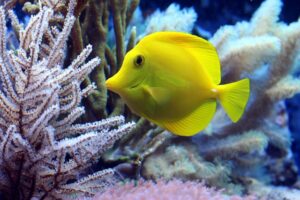10 Fascinating Seed Transportation Systems in Nature
Nature WorldWide February 18, 2024 0
Nature is a master of innovation, and one of its most fascinating wonders is the multitude of seed transportation systems that have evolved over eons. These systems have enabled plants to disperse their seeds efficiently, ensuring their survival and diversification across various ecosystems. In this blog post, we’ll delve into ten remarkable Seed Transportation Systems in Nature that plants have adapted to transport their seeds in the natural world.
Content:
- Wind Dispersal
- Animal Partnerships
- Water Transport
- Explosive Seed Dispersal
- Hitchhiking Seeds
- Ant Dispersal
- Gravity and Rolling
- Projectile Seed Dispersal
- Bird Beak Attachment
- Curling Seed Pods
Wind Dispersal
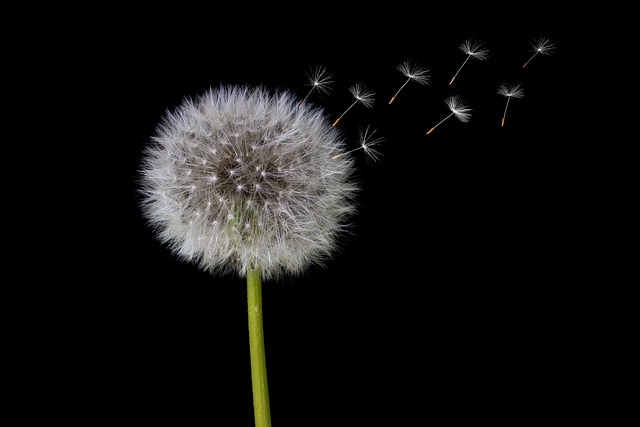
The wind is a powerful ally for many plants. They produce lightweight seeds with structures designed to catch the breeze, like dandelion seeds equipped with feathery tufts or maple seeds with helicopter-like wings. These adaptations enable seeds to travel impressive distances from their parent plants, seeking optimal conditions for growth.
Read More: 10 Most Oxygen Producing Trees in India
Animal Partnerships

Plants often form mutually beneficial relationships with animals to facilitate Seed Dispersal. Fruits that are visually appealing or nutritionally rich attract animals like birds, mammals, and ants. After consuming the fruits, these animals transport seeds in their digestive tracts or inadvertently scatter them through droppings, aiding the plants in colonizing new territories.
Water Transport

In aquatic environments, water is a key player in seed dispersal. Some plants have developed buoyant seeds or fruits that can float on water surfaces. These seeds may travel great distances, carried by currents until they wash ashore and germinate in new locations.
Read More: 10 Unusual Trees Found Around The World
Explosive Seed Dispersal

Certain plants have evolved explosive mechanisms to scatter their seeds. For instance, the touch-me-not (Impatiens) disperses seeds by rapidly bursting its seed pods when touched. The resulting explosion propels seeds far from the parent plant, reducing competition with nearby siblings.
Hitchhiking Seeds
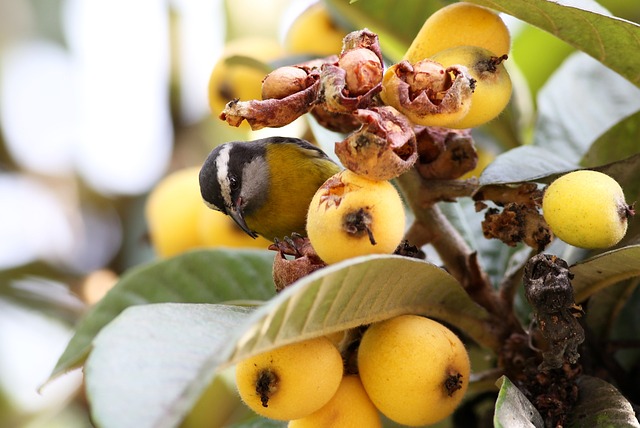
Some seeds have evolved structures that enable them to Hitchhike on animals. These seeds may feature barbed or sticky surfaces that adhere to fur, feathers, or clothing, effectively hitching a ride to new territories. The burdock plant’s burrs are a well-known example.
Read More: Top 10 Fastest-Growing Trees in India
Ant Dispersal
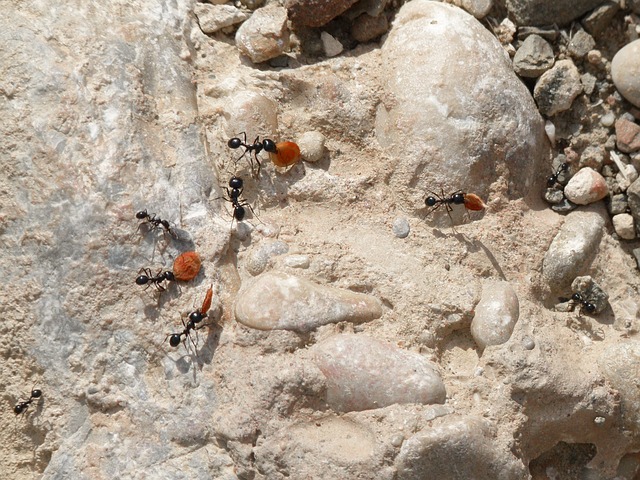
Myrmecochory is a specialized form of seed dispersal where plants partner with ants. These plants produce seeds with appendages called elaiosomes, rich in lipids and proteins. Ants collect these seeds, transport them to their nests, consume the elaiosomes, and then discard the remaining seed in nutrient-rich soil, effectively planting the seed in an ideal environment.
Gravity and Rolling
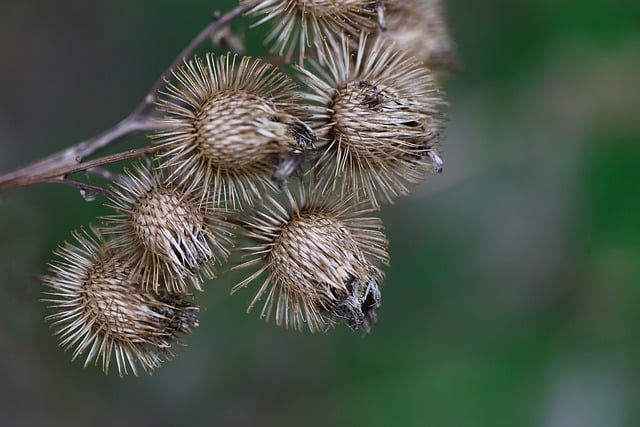
Some seeds have evolved mechanisms for rolling downhill, which aids in their dispersal. For example, the seeds of certain grasses are spherical and heavy, allowing them to roll away from the parent plant and settle in new areas where they can germinate.
Read More: Sacred Trees, Plants and Fruit in Hindu Culture
Projectile Seed Dispersal
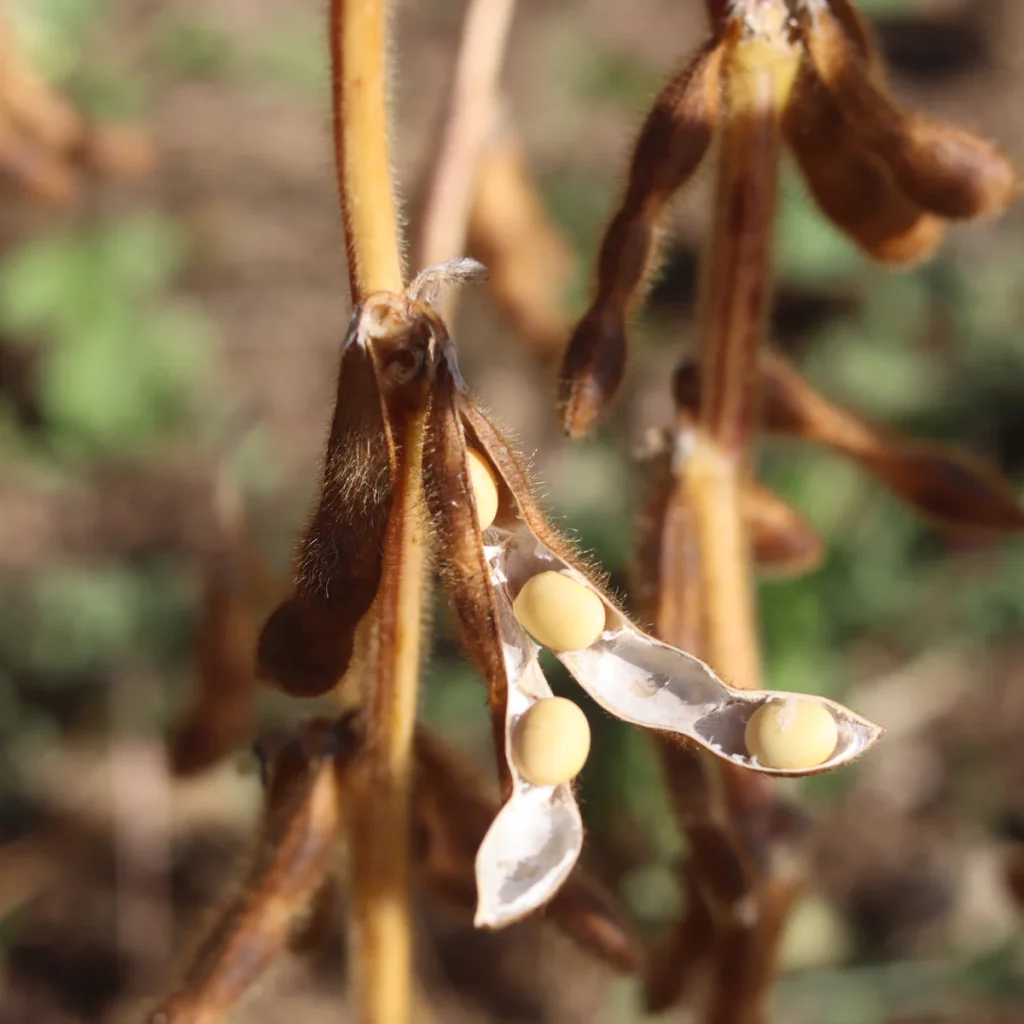
Impressive in its precision, the seeds of the witch hazel plant explode out of their capsules at high speeds. This ballistic dispersal method can propel seeds up to 10 meters away, increasing the likelihood of colonization in suitable habitats.
Bird Beak Attachment
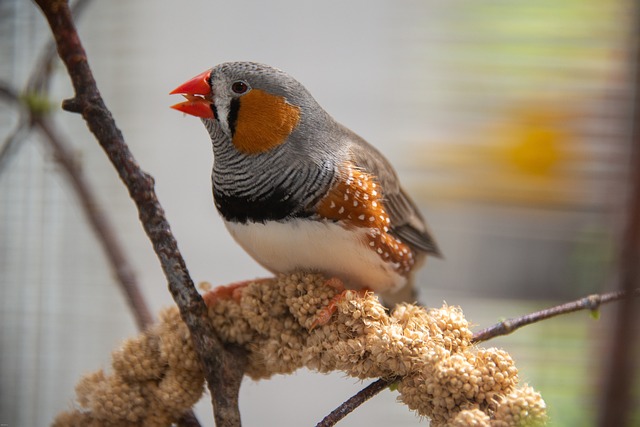
Certain seeds have developed structures that can attach themselves to the beaks or feathers of birds. As birds forage for food, these seeds may become stuck to their beaks or feathers, inadvertently carried to new locations where they can sprout.
Read More: Top 10 Long-Living Trees in India
Curling Seed Pods
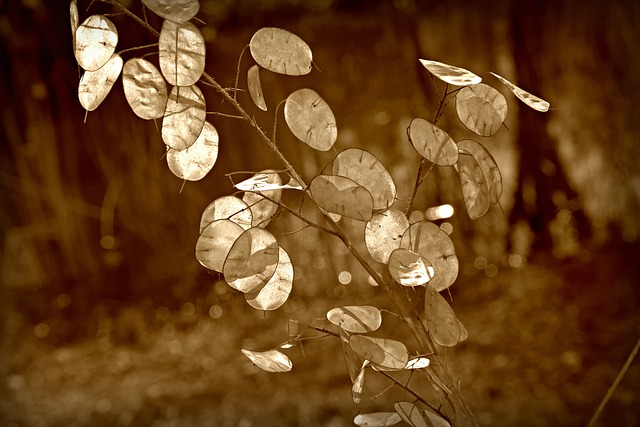
Some plants have unique seed pods that curl when they dry out. As the pods curl, they eject seeds into the surrounding area. An excellent example is the squirting cucumber, whose seeds are forcefully expelled when the ripe fruit bursts open.


